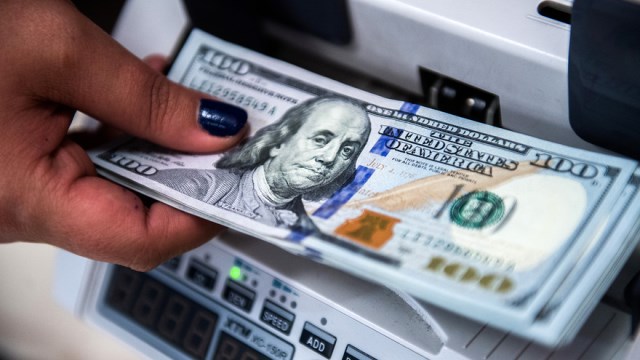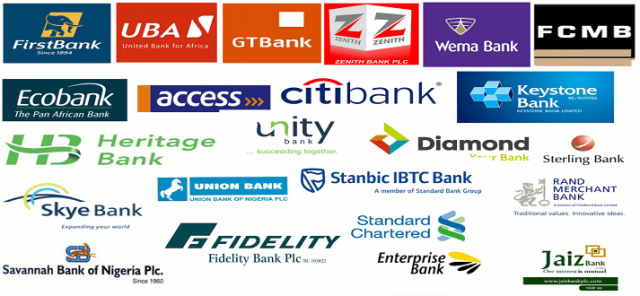The dollar held at a 16-month high on Wednesday as a rebound in global stocks fueled demand for the greenback, with cautious comments from Japan’s central bank also helping sentiment.
With U.S. Treasury yields on 10-year maturities rebounding to 3.14 percent from three-week lows hit last week, hedge funds ramped up bets the dollar’s gains may have more room to run.
“Risk appetite is quite strong today and that is pushing the dollar higher but long positions are quite overstretched so we are cautious of buying the dollar across the board,” said Manuel Oliveri, an FX strategist at Credit Agricole in London.
Against a basket of its rivals, the dollar rose to 97.07, its highest since June 2017 and up 10 percent from its February lows. It is holding firm against the euro EUR=EBS at $1.1356.
The dollar has risen for seven consecutive months as the twin powerful forces of risk aversion in emerging markets and the growing divergence of the strength of the U.S. economy relative to its global peers, especially Europe, has forced investors to buy the dollar.
Against the euro, the dollar is poised to test a June 2017 high of $1.1120 and is approaching its strongest level against the sterling at $1.2660, according to Brown Brothers Harriman strategists.
“Eurozone growth figures have been disappointing and the Bank of Japan is striking a dovish stance at a policy meeting today so there is more room for the dollar to gain from current levels,” said Paul Bednarczyk, director of G10 FX at Continuum Economics based in London.
Global stock markets are a sea of green with Japanese stocks .N225 up more than 2 percent while an MSCI index of European stocks .MSER rising 1.7 percent.
Stronger equities have also lifted the dollar in recent weeks as that has pushed up yields on perceived safe-haven assets such as U.S. Treasuries, widening rate differentials between the United States and its major rivals.
For example, spreads between benchmark 10-year U.S. debt and its German counterparts is at 276 basis points, its highest in nearly three decades.
Latest price data for September from Europe also failed to shake dollar bulls with market watchers betting policymakers would give more emphasis to slowing growth than firming inflation.
While euro zone inflation accelerated last month, the economy grew less than expected in the third quarter, putting pressure on the European Central Bank as it moves toward ending its asset purchase program in December.
Philip Wee, currency strategist at DBS, said in a note to clients that the gloomy backdrop might push the euro down to $1.12 in the current quarter, and is tipping an even lower $1.05-1.10 range in the first half of 2019.
At a policy decision on Wednesday, the Bank of Japan kept monetary policy steady and slightly trimmed its inflation forecasts as global trade frictions clouded the economic outlook, reinforcing views that the central bank is in no rush to trim its massive stimulus.
Sterling GBP= held near its mid-August lows, hovering at $1.2705, after credit ratings agency Standard & Poor’s said a ‘no-deal’ Brexit would be likely to tip Britain into a recession on Tuesday.
China’s official PMI – which gives global investors their first look at business conditions in China at the start of the last quarter of the year – fell to 50.2 in October, the lowest since July 2016 and down from 50.8 in September.














